STATEMENT-1 : As the drift velocity increases, the current flowing through the conductor decreases,
and
STATEMENT-2 : The current flowing through a conductor is directly proportional to drift velocity.
Statement-1 is True, Statement-2 is True, Statement-2 is a correct explanation for Statement-1
Statement-1 is True, Statement-2 is True, Statement-2 is NOT a correct explanation for Statement-1
Statement-1 is True, Statement-2 is True
Statement-1 is False , Statement-2 is True
The correct Answer is:4
To analyze the statements provided in the question, we can break down the concepts of drift velocity and current in a conductor step by step.
Step 1: Understand the relationship between current and drift velocity
The current I flowing through a conductor is given by the formula:
I=N⋅A⋅e⋅vd
where:
- N = number of charge carriers per unit volume (free electrons)
- A = cross-sectional area of the conductor
- e = charge of an electron (approximately 1.6×10−19 coulombs)
- vd = drift velocity of the charge carriers
Step 2: Analyze Statement 1
Statement 1 claims that "as the drift velocity increases, the current flowing through the conductor decreases."
From the equation, we see that if vd (drift velocity) increases, then I (current) also increases, assuming N, A, and e remain constant. Therefore, Statement 1 is false.
Step 3: Analyze Statement 2
Statement 2 states that "the current flowing through a conductor is directly proportional to drift velocity."
From the same equation, we can see that current I is directly proportional to vd. Thus, if vd increases, I also increases, confirming that Statement 2 is true.
Conclusion
- Statement 1: False
- Statement 2: True
Thus, the correct conclusion is that Statement 1 is false and Statement 2 is true.
Final Answer
- Statement 1 is false.
- Statement 2 is true.
The current I flowing through a conductor is given by the formula:
I=N⋅A⋅e⋅vd
where:
- N = number of charge carriers per unit volume (free electrons)
- A = cross-sectional area of the conductor
- e = charge of an electron (approximately 1.6×10−19 coulombs)
- vd = drift velocity of the charge carriers
Statement 1 claims that "as the drift velocity increases, the current flowing through the conductor decreases."
Statement 2 states that "the current flowing through a conductor is directly proportional to drift velocity."
- Statement 1: False
- Statement 2: True
- Statement 1 is false.
- Statement 2 is true.
Topper's Solved these Questions
- CURRENT ELECTRICITYBOOK - AAKASH INSTITUTE ENGLISHCHAPTER - CURRENT ELECTRICITYEXERCISE - ASSIGNMENT SECTION-J(MATRIX-MATCH TYPE QUESTIONS)
2 Videos
- CURRENT ELECTRICITYBOOK - AAKASH INSTITUTE ENGLISHCHAPTER - CURRENT ELECTRICITYEXERCISE - ASSIGNMENT SECTION-H( INTEGER ANSWER TYPE QUESTIONS)
5 Videos
- CURRENT ELECTRICITYBOOK - AAKASH INSTITUTE ENGLISHCHAPTER - CURRENT ELECTRICITYEXERCISE - ASSIGNMENT SECTION-D( LINKED COMPREHENSION TYPE QUESTIONS) Comprehension - II
5 Videos
- COMMUNICATION SYSTEMS BOOK - AAKASH INSTITUTE ENGLISHCHAPTER - COMMUNICATION SYSTEMS EXERCISE - ASSIGNMENT SECTION D (Assertion-Reason)
10 Videos
- DUAL NATURE OF RADIATION AND MATTER BOOK - AAKASH INSTITUTE ENGLISHCHAPTER - DUAL NATURE OF RADIATION AND MATTER EXERCISE - ASSIGNMENT (SECTION-D)
10 Videos
Similar Questions
When a current passes through a resistor, its temperature increases. Is it an adiabatic process?
View SolutionWhen no current is passed through a conductor,
View Solution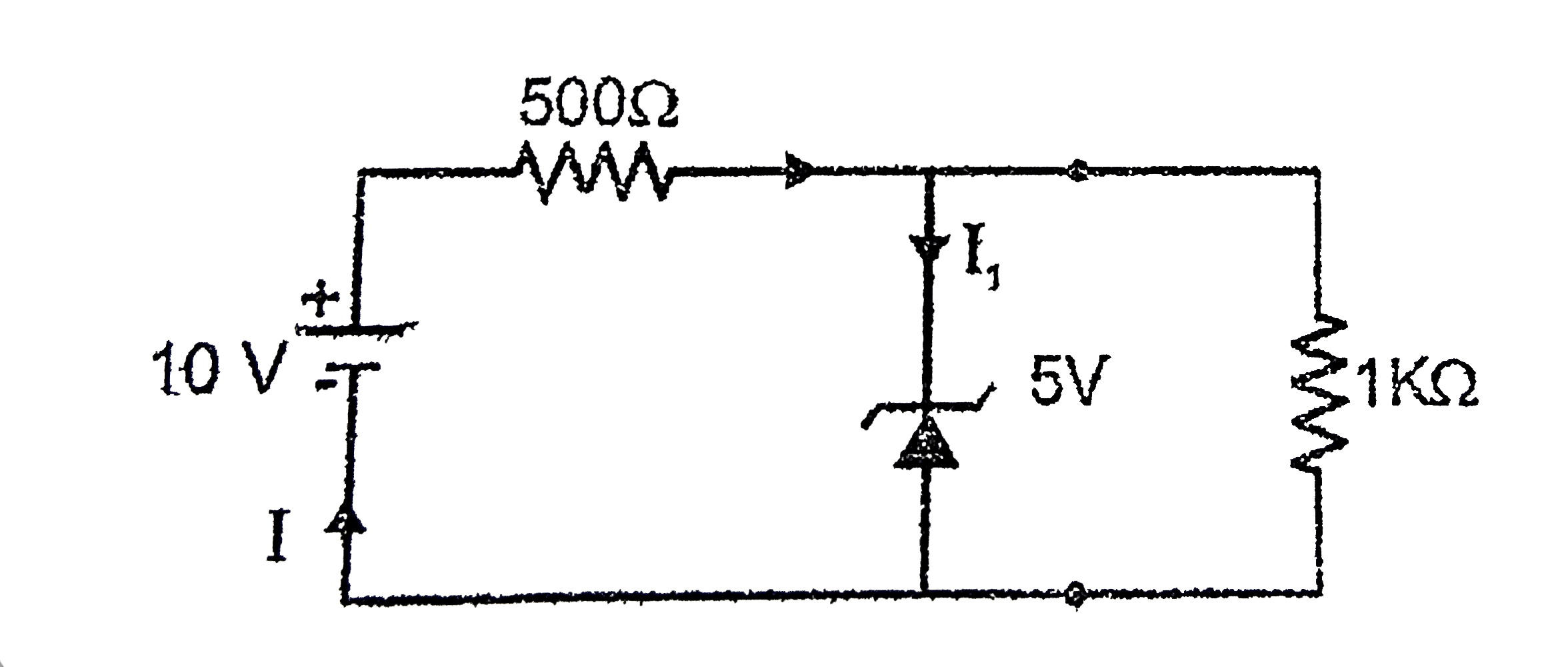
The current flowing through the zener diode in fig is-
View SolutionIn the figure shown the current flowing through 2R is:
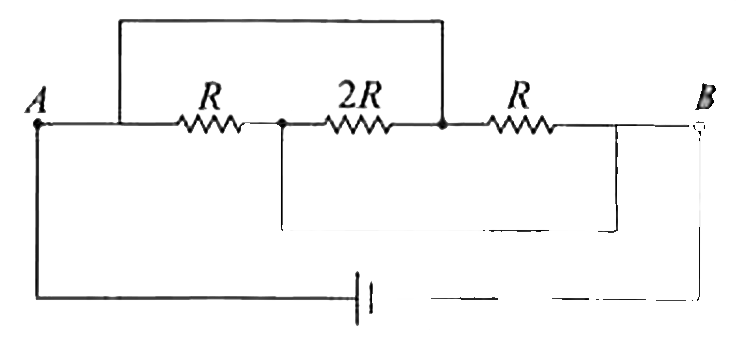
View SolutionThe current flowing through the cell in the circuit shown is
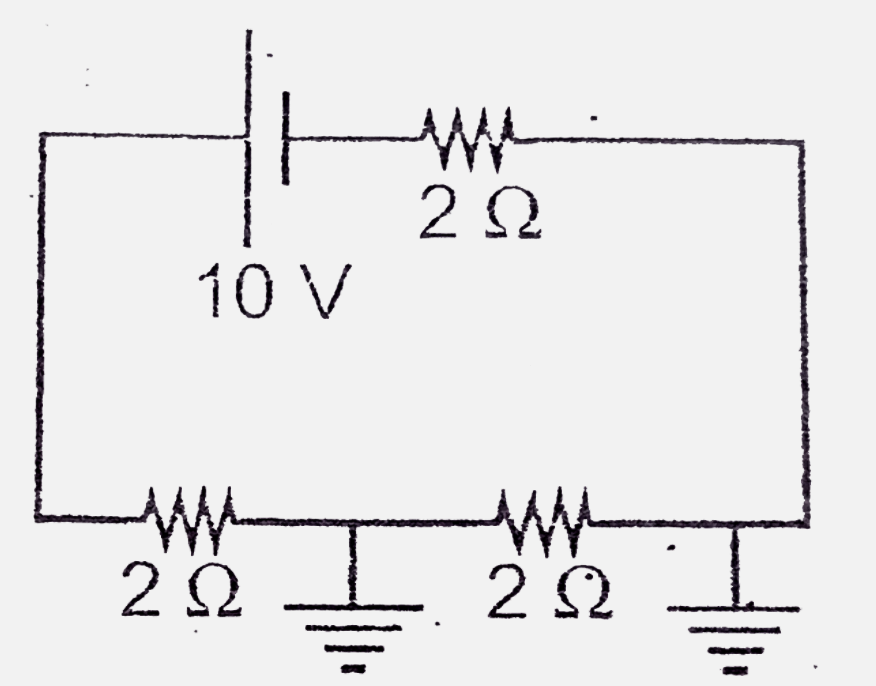
View SolutionIn the following circuit the current flowing through zener diode is
View SolutionWhen does the current flow through the following circuit ?
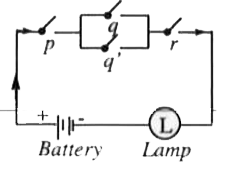
View SolutionIn the circuit, the current flowing through 10Ω resistance is
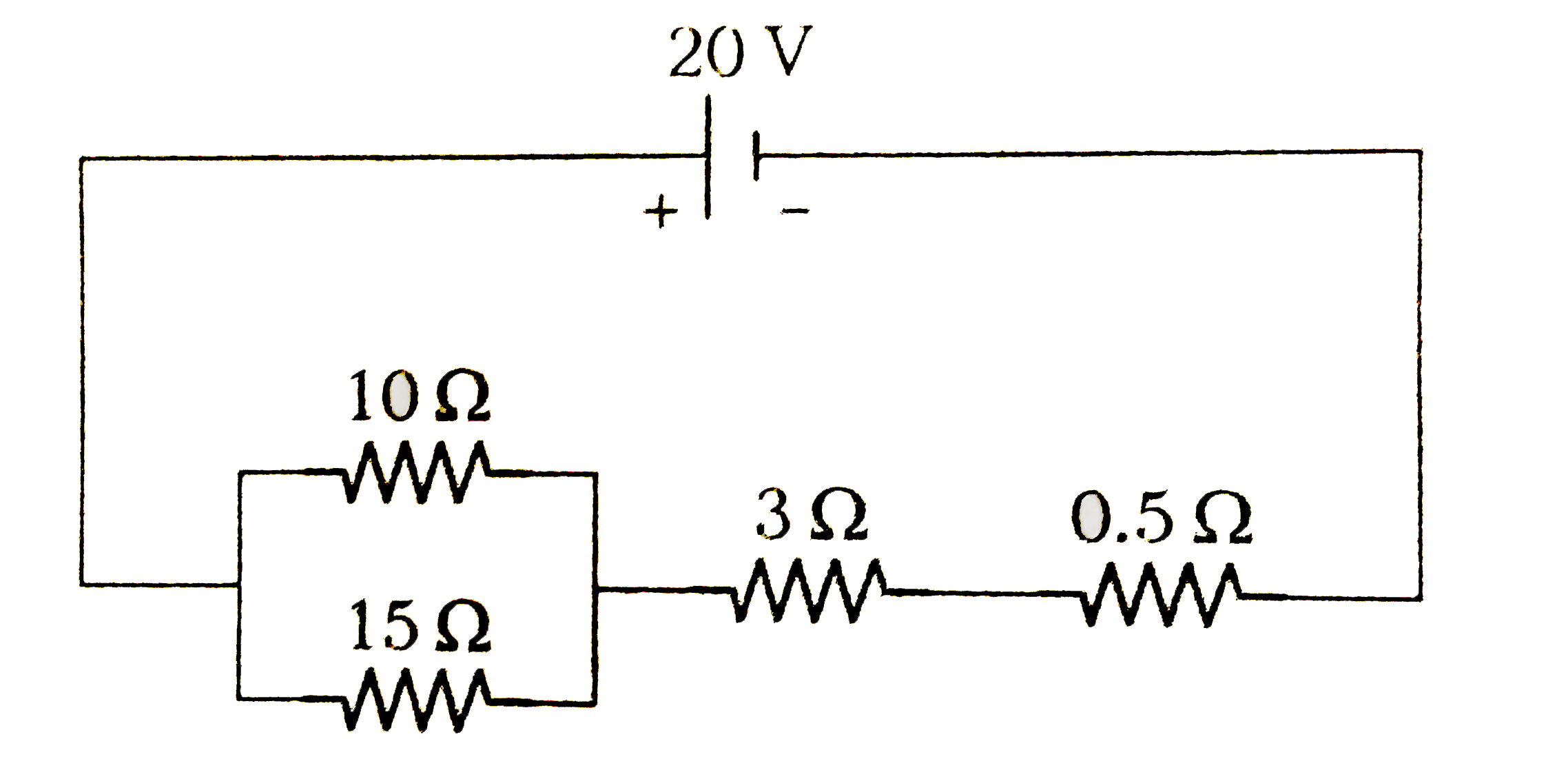
View SolutionA steady electric current is flowing through a cylindrical conductor. Then,
View SolutionWhen current flows through a conductor, then the order of drift velocity of electrons will be
View Solution
